- The harami candlestick pattern consists of two candlesticks.
- The first candle is a big one and the second candle is a doji, contained within the first one’s body.
Statistics to prove if the Harami Cross pattern really works
Are the odds of the Harami Cross pattern in your favor?
How does the Harami Cross behave with a 2:1 target R/R ratio?
From our research the Harami Cross pattern confirms 56.5% of the time on average overall all the 4120 markets we analysed. Historically, this patterns confirmed within 2.9 candles or got invalidated within 4.4 candles. If confirmed, it reached the 2:1 R/R target 40.2% of the time and it retested it's entry price level 93.7% of the time.
Not accounting for fees, it has an expected outcome of 0.207 $/$.
It means for every $100 you risk on a trade with the Harami Cross pattern you make $20.7 on average.
Want to account for your trading fees? Have the detailled stats for your favorite markets / timeframes? Or get the stats for another R/R than 2:1?
🚀 Join us now and get fine-tuned stats you care about!
How to handle risk with the Harami Cross pattern?
We analysed 4120 markets for the last 59 years and we found 139 337 occurrences of the Harami Cross pattern.
On average markets printed 1 Harami Cross pattern every 112 candles.
For 2:1 R/R trades, the longest winning streak observed was 10 and the longest losing streak was 22. A trading strategy relying solely on this pattern is not advised. Anyway, make sure to use proper risk management.
Keep in mind all these informations are for educational purposes only and are NOT financial advice.
If you want to learn more and deep dive into candlestick patterns performance statistics, I strongly recommend you follow the best available course about it. Joe Marwood (who's a famous trader with more than 45 000 Twitter followers) created an online course called "Candlestick Analysis For Professional Traders" in his Marwood Research University. There he will take you through the extensive backtesting of the 26 main candlestick patterns. He then summarizes which one is THE best pattern. Do you know which one it is?
Remember, don't trade if you don't know your stats. Click here to signup to the course now!
What is the Harami Cross candlestick pattern?
The harami candlestick pattern consists of two candlesticks. The first candle is a big one and the second candle is small. The first candle completely engulfs the second small candle. That is why this pattern has the name “harami candlestick pattern”. The Harami Cross candlestick pattern is a little variation from the general formation.
“Harami” is a word of the Japanese language that means pregnant. In the harami cross candlestick pattern, the first candle is considered a mother with a large real body. The second candle may look like a Doji candlestick or a spinning top. The simple harami pattern becomes a harami cross pattern whenever the second smaller candlestick is a Doji.
When the closing price and high price are the same or very close to each other, a Doji appears. A Doji is a candlestick with no or a very small real body. The small size of the Doji represents uncertainty and indecision among the market participants.
The harami cross pattern can be of two types. A bullish harami cross forms at the bottom of a bearish market while a bearish harami cross forms at the top of a bullish market.
Bullish harami cross candlestick pattern
A bullish harami cross appears during and at the bottom of a downtrend. It can be identified by spotting a pattern where the first candle is a big one and the second candle is Doji totally embodied in the first candle. The first candle of the harami cross tells traders that the bears are controlling the market. The Doji opens above the close of the previous day and it has a very narrow range. The appearance of the Doji suggests that some degree of indecisiveness has also entered the market. In short, the appearance of the bullish pattern indicates that the current downtrend is about to reverse especially after the confirmation provided by a rise above the open of the first candle.
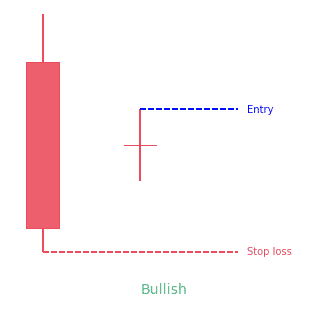
Bearish harami cross candlestick pattern
A bearish harami cross appears during and at the top of an uptrend. Its identification criteria are the same as the bullish harami cross. The first candle here indicates that the buyers are in complete control of the market. Then the appearance of the second candle, a Doji, suggests that some degree of indecisiveness and uncertainty has also entered the market. The completion of the pattern predicts that the prevailing trend is likely to change very soon especially after the confirmation provided by the decreasing prices right after the appearance of the pattern.
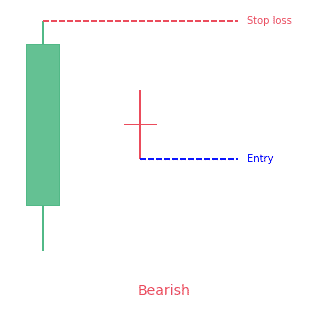
Bottom line
The harami cross candlestick pattern is a reversal pattern. Keep in mind traders should not take a position in haste because this pattern is not that strong. It is more reliable on bigger timeframes like weekly or monthly. Technical analysts and experts do not trust the pattern on smaller timeframes. However, experts advise to wait for confirmation before making decisions on the basis of the harami cross pattern. It is always a prudent decision to have a reasonable stop-loss. Furthermore, traders need some other methods to determine when to enter or exit the market because the harami cross does not have profit targets.
How does the Harami Cross pattern look in real life?
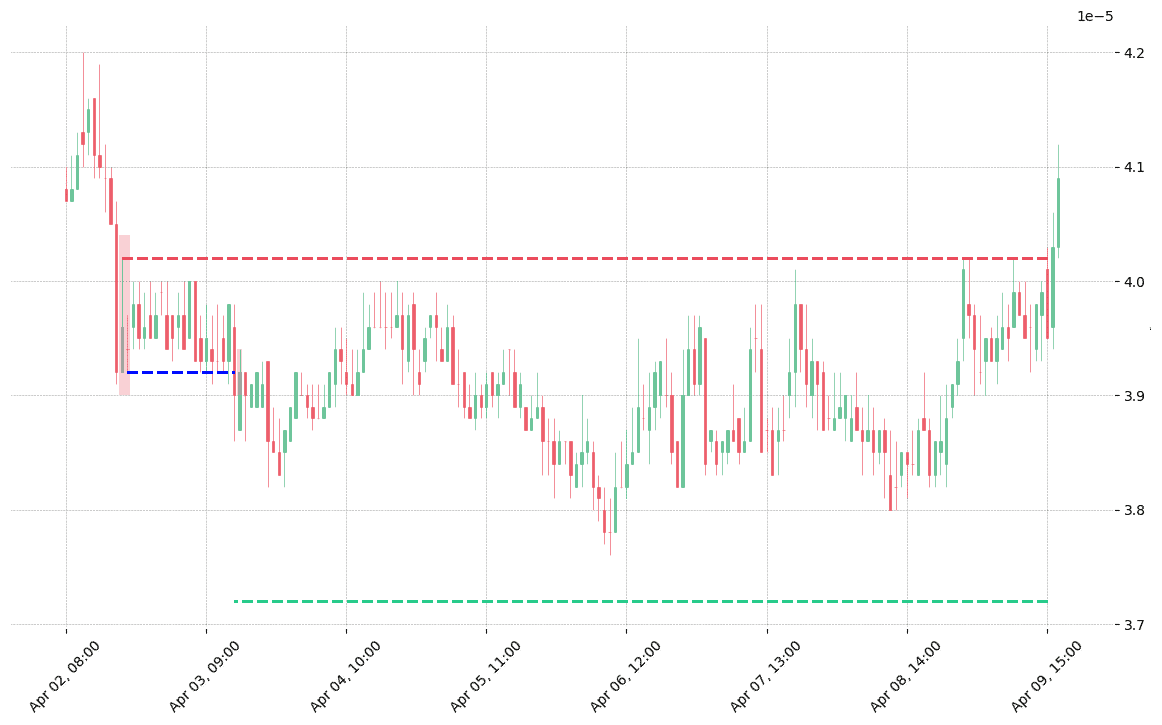
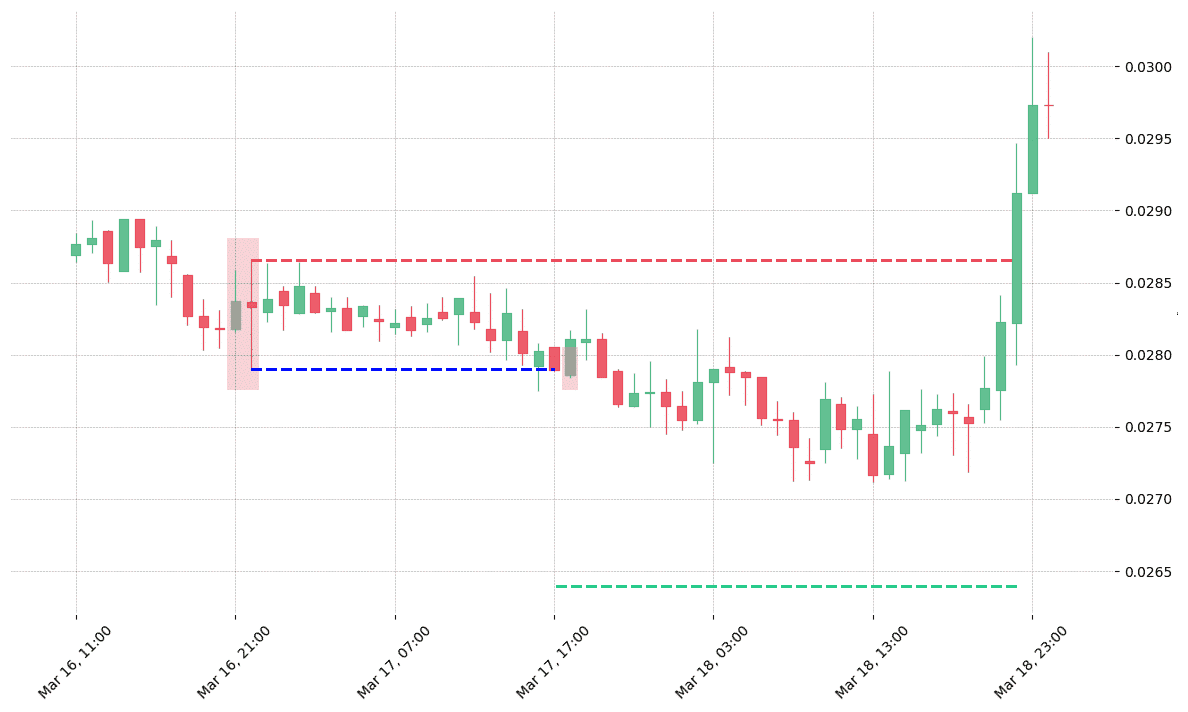
Looking to learn more about this pattern?
You should take a look at Joe Marwood's online course. In his course, he backtested the 26 main candlestick patterns before to summarize which one is THE best pattern. I really liked his course and you shouldn't miss it!
Click here to signup to his "Candlestick Analysis For Professional Traders" course now!

 Good Trading requires the Best Charting Tool!
Good Trading requires the Best Charting Tool!
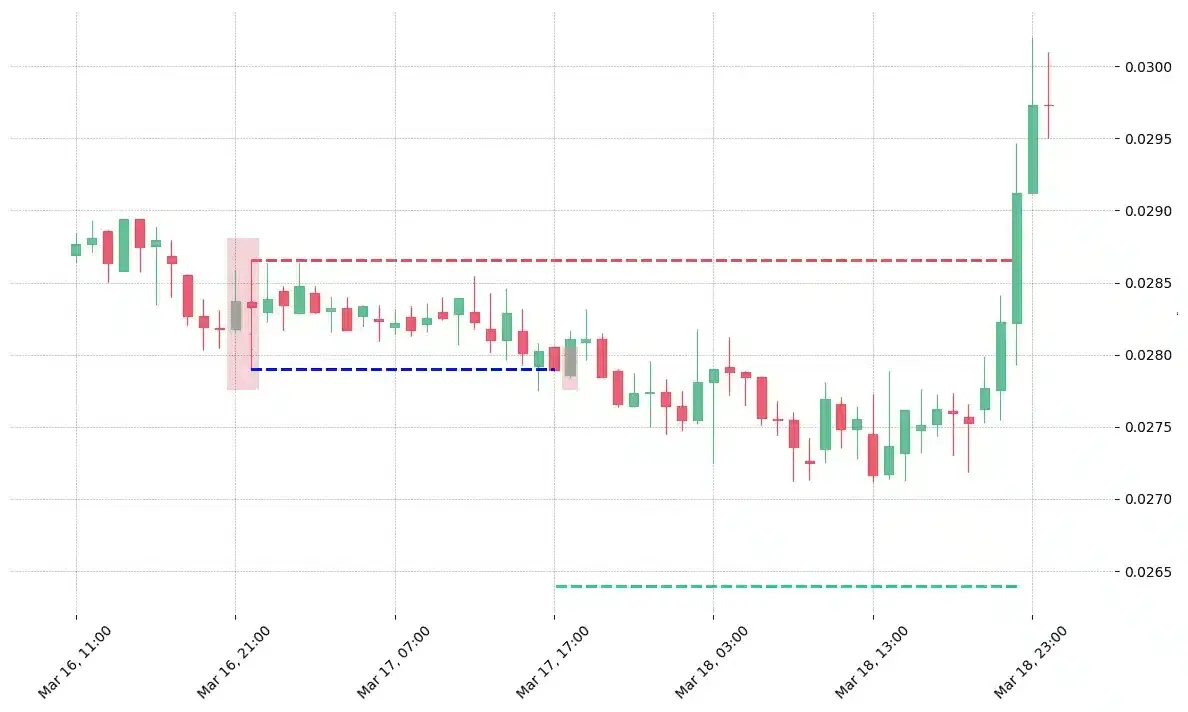
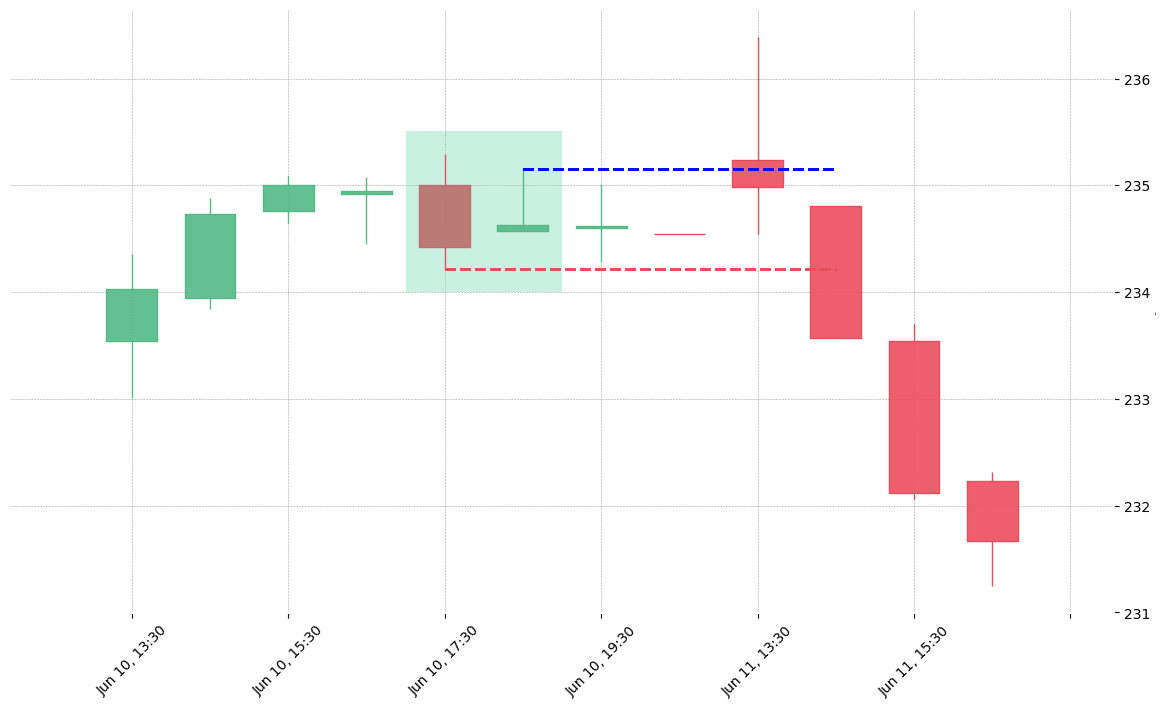

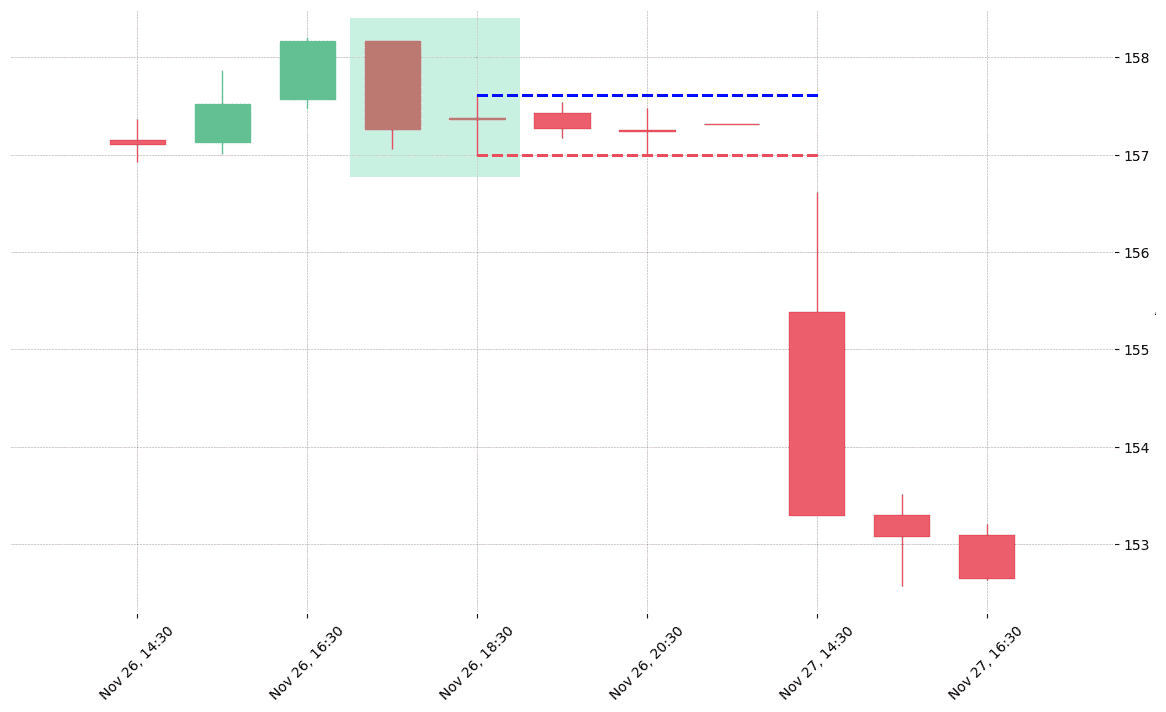
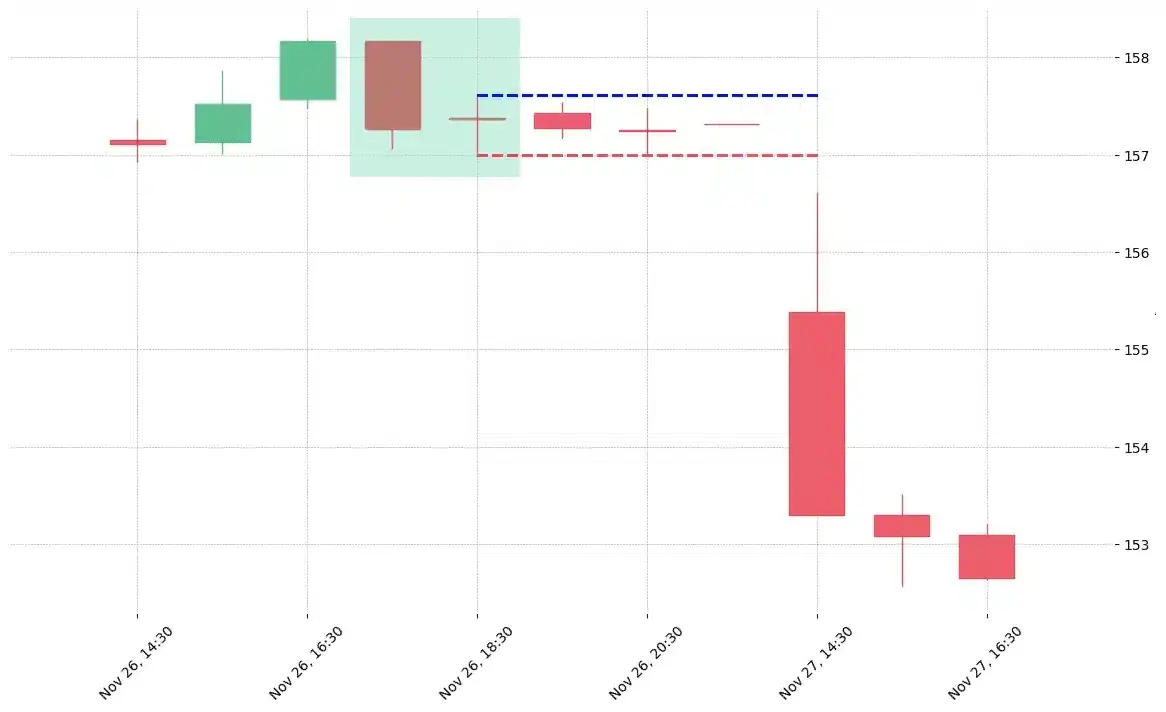


 We loved Marwood Research’s course “Candlestick Analysis For Professional Traders“. Do you want to follow a great video course and deep dive into 26 candlestick patterns (and compare their success rates)? Then make sure to check this course!
We loved Marwood Research’s course “Candlestick Analysis For Professional Traders“. Do you want to follow a great video course and deep dive into 26 candlestick patterns (and compare their success rates)? Then make sure to check this course!